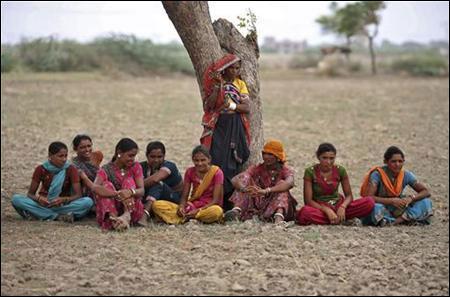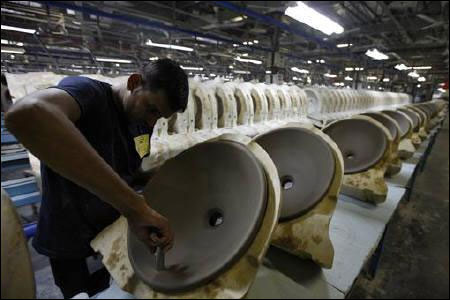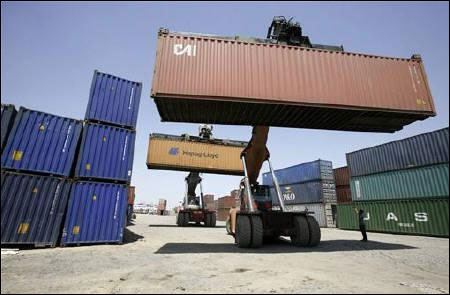 | « Back to article | Print this article |
A VIBRANT Gujarat, but for whom?
Devgadh Baria is a town located in a picturesque part of the eastern, tribal belt of Gujarat, with rolling hills and diverse vegetation.
It is also a reservoir for human labour in the state, producing hundreds and thousands of bodies who build the state's highways, run its small and medium enterprises (SMEs) and work its farms.
Yet, according to methodology used by the Tendulkar committee, between 2004-05 and 2009-10, Gujarat recorded a 0.3 percentage increase in poverty among the tribal population, in a state that was enjoying an unprecedented industrial boom.
Consequently, many social scientists now question how 17 per cent of the population of a state, among other marginalised groups, could see its fortunes slip when the state's impressive GDP growth should have theoretically provided them upliftment.
On one side of this debate is economist Aravind Panagariya, who recently lauded Gujarat's amelioration in poverty, pointing out that poverty in Gujarat fell by only six percentage points between 1993-94 and 2004-05 but by nine percentage points between 2004-05 and 2009-10.
Click on NEXT for more...
A VIBRANT Gujarat, but for whom?
On the other side are people such as Indira Hirway, director and professor of economics at the Centre for Development Alternatives, here, who say that while poverty levels have reduced, the rate has decelerated in the urban areas, where 43 per cent of the population lives.
Moreover, she says the rate of decline in poverty in Gujarat is much lower than in many of the state's peers.
Gujarat ranks 10th among the major 20 states in terms of decline in poverty, and the elasticity of poverty reduction to economic growth in Gujarat, at 0.17, is one of the lowest, versus 0.27 in India.
"There has been absolutely no commitment to quality of employment and labour in Gujarat," says Hirway.
Click on NEXT for more...
A VIBRANT Gujarat, but for whom?
Whichever way one slices and dices those numbers, the fact is Gujarat has an unusual labour composition. One segment comprises the trading and business community.
The other, which makes up 95 per cent of Gujarat's workforce, sweats it out in the informal sector.
A professional class is virtually non-existent. Plus, the primary sector (agriculture) houses 54 per cent of the workforce but contributes less than 15 per cent of the state's GDP.
As a state booms, thanks to industrial growth, one would expect to see a labour-force transition to non-primary sectors but this has not happened.
Click on NEXT for more...
A VIBRANT Gujarat, but for whom?
In a state refining close to half the country's petroleum products, housing India's largest shipyard, numerous new ports, pharmaceutical enterprises, chemical companies and one that has attracted innumerable industrial projects, like the Tato Nano plant, the majority of the workers are intra-state and migrants from Odisha and Bihar, as well as the state's tribal areas, who toil in the SME clusters that churn out tiles, break ships and make machine parts.
Which is why Gujarat ranks 11th in the 20 major states in terms of employing formal workers, growing at only 0.5 per cent annually on this parameter during 1995-2008.
Click on NEXT for more...
A VIBRANT Gujarat, but for whom?
Industry observers say most workers in the informal sector live in deplorable conditions, without basic amenities such as healthcare and drinking water.
Even rural migrants from the tribal belt who work on farms in Saurashtra, for example, are expected to live and work near the land and not the village, far from any school or basic health care services, says Neeta Hardikar, founder of Anandi, an NGO working with migrant tribals in Devgadh Baria and Saurashtra.
So, it's no surprise to also read that Gujarat comes in at an abysmal 14th and 15th in rankings for wage rates and wage increases among the major 20 states.
This cannot help but suggest a growing chasm between the welfare of the haves and the have-nots in this state of 60 million.





